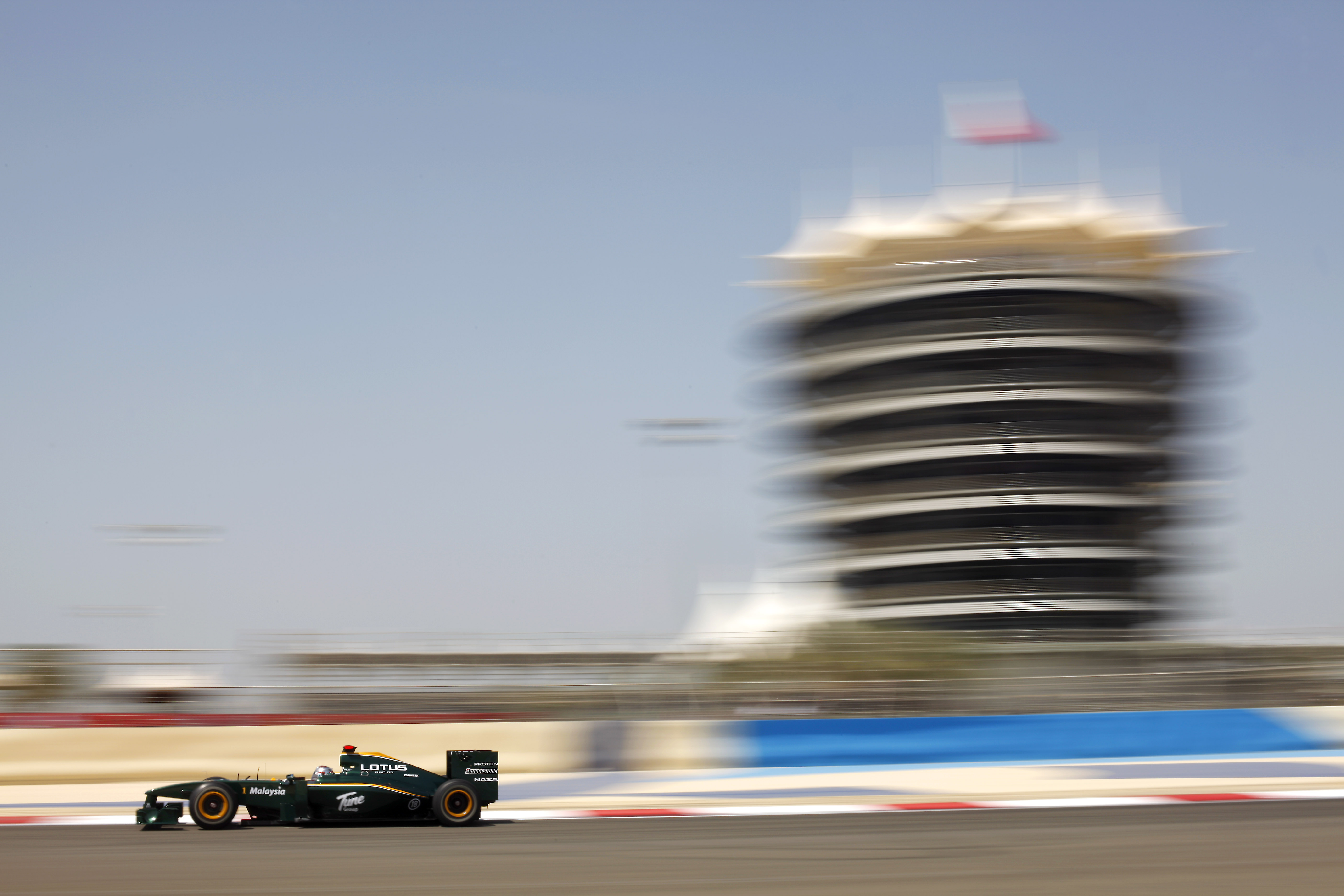

The car which made that breakthrough was the Lotus 78 of 1977, which ushered F1 into the era of ground effect. Getting the principle to work on a skinny-bodied, open-wheel single seater initially seemed unfeasible. But they were cars with wide, wheel-enclosing, bodywork. The idea of using the underside of a racing car to generate negative pressure and effectively suck the car towards the track had first been exploited in the Can-Am sports cars series in the 1960s. In this article first published in August 2018, Mark Hughes and Giorgio Piola look at the technological tour de force that was the Lotus 79 – the car that famously took Mario Andretti to the 1978 drivers’ title, the first to be claimed in a Formula 1 car featuring ground effect technology… The cross-section of the working section is 7.5m² (3.4m x 2.2m height) and the test nominal speed is 50m/s (180 km/h).In 2022, Formula 1 will embark on a new ground effect era amid a sweeping new set of rules changes. It also has a otating belt to allow yaw tests. Its wind tunnel can accomodate scale models of up to 60% for open wheel cars and up to 50% for full bodied cars. The deal is likely to be controversial as Force India has accused Aerolab of supplying Lotus with the design data of the VJM02, Aerolab has accused Force India of a breach of contract.Īerolab, was founded in 2003 by the joint venture between FondTech and Dallara Automobili, it is dedicated to the aerodynamic development of racing cars. Together, I’m hopeful of producing a competitive package that will compare favourably against the established order in 2010.”

“The teams I’ve been involved with before unquestionably benefited from Aerolab’s resources and know-how so it was an easy decision on my part to renew that relationship when it came to Lotus F1 Racing. “It’s great to be working alongside Jean-Claude and his staff again,” said Lotus technical chief Mike Gascoyne. “I am also confident in the potential of our team as well as the future synergy between Lotus F1 Racing, Fondtech and Aerolab.” “We are very enthusiastic about the new partnership between ourselves and Lotus F1 Racing,” said Aerolab’s managing director Jean-Claude Migeot. The deal will see Aerolab and parent-company Fondtech help the Cologne, Germany based design team in the design and development of its 2010 F1 car. The new Lotus F1 team has confirmed that it has gone into partnership with Italian firm Aerolab.

Click here for the full Force India issue for just $7.26: Force India full issue download Includes: VJM02 Aero development, Alpina GT3,Corvette C6 GT2


 0 kommentar(er)
0 kommentar(er)
